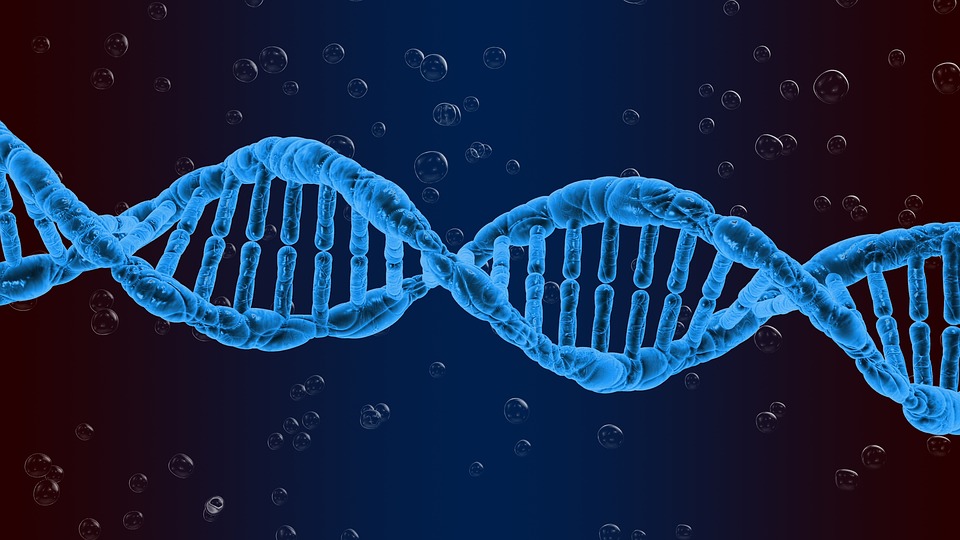
The use of natural products
or their active components for prevention and/or treatment of chronic diseases is
based primarily on traditional medicine from various ethnic societies and on epidemiological data. The chemopreventive role of edible plants – mainly vegetables
and fruits against cancer – have convincing epidemiological evidence. For
instance, the legumes are an important food crop both economically and
nutritionally, being cultivated and consumed worldwide. Many leguminous micronutrients
such as anthocyanins, lecithin, and trypsin inhibitors have been suggested to have
protective and therapeutic effects against cancer.
The
mutagenicity/genotoxicity and antimutagenicity/antigenotoxicity of cooked and dehydrated black beans
have been investigated in mouse bone marrow and peripheral blood cells by the
micronucleus test and comet assay, respectively. The two end-points (micronucleus
and primary DNA lesions) as expressed in two different cell types (erythrocytes
and leukocytes) corroborate the protective activity of black beans in the maintenance of
genomic stability. Similarly, crude extracts
of propolis, a natural composite balsam produced by honeybees from gum of
various plants, have been used as folk medicine. Recently,
these extracts have gained
popularity both as a medicine with ntibacterial, antiviral, anti-inflammatory, and
antioxidant properties, and as a food to improve health and prevent disease.
Analyses of chemical composition have identified at
272 13 Mutagenicity and
Antimutagenicity of Medicinal Plants
least 200 compounds in
extracts of propolis, including fatty and phenolic acids as well as esters, flavonoids,
terpenes, aromatics aldehydes, alcohols, sesquiterpenes, â-steroids, and naphthalene. Various studies have indicated
that propolis and some of its components,
such as the caffeic acid phenyl esters (CAPE) and artepellin C, have antimutagenic
and anticarcinogenic effects. Matsuno et al. reported the cytotoxic
effects of an isolated compound (PRF-1) from propolis on human hepatocellular
carcinoma. Later, Varanda and co-workers showed the
inhibitory effect of a
propolis extract on daunomycin, benzo(a)pyrene, and aflatoxin B1-induced mutagenicity
in the Salmonella/microsome assay.
More
recently, Kimoto et al. have also
reported a protective effect of propolis against renal adenocarcinoma in CD-1 and ddY
mice that were treated with FeNTA (ferric nitrilotri-acetate). It has also been
demonstrated that a hydroalcoholic extract of propolis may have protective
activity on colon carcinogenesis, suppressing the development of preneoplastic lesions.
Another edible item with
proven nutritional and therapeutic values throughout the world since ancient
times is mushrooms. Numerous kinds of mushrooms are utilized as foods
and traditional medicines in many countries and there have been investigations of
the biological activities of mushroom extracts. The activities of various
mushroom extracts include anticarcinogenic effects, antimutagenic effects,
and protection from blocks to gap junction-based intercellular communication. At the molecular level, researchers have found that antigenotoxic factors
in mushrooms include polysaccharides, such as beta- and alpha glucan. In Agrocybe cylindracea (yanagimatsutake), the anticarcinogenic substances detected in the
mushroom have been identified as alpha-D-glucan-O-carboxy methylated
derivatives. Infusion of the dried fruiting bodies has been used as a stimulant and as
auxiliary treatment of various diseases, including can-
cer . Many isolated
polysaccharides and protein-bound polysaccharides from Agaricus blazei have shown potential direct antitumor activity
or through specific and nonspecific
immune response activation. In contrast to the investigations of the
established antitumor activity of A.
blazei and its components ob-
served in
tumor-transplantable models, few studies have been performed on chemical carcinogenesis
models.
A recent study suggested
that aqueous extracts of A. blazei exert a hepatoprotective effect on liver
toxicity and on the initiation step of hepatocarcinogenesis in an environment of moderate toxicity.
An aqueous solution obtained from a mixture of lineages (AB 96/07, AB
96/09, and AB 97/11) of the mushroom reduced the frequency of micronuclei
induced by methyl methanesulfonate in cultured Chinese hamster V79 cells [43] and
by cyclophosphamide in mouse bone marrow polychromatic erythrocytes and
reticulocytes.
Studies have pointed out
that the mushroom Lentinula edodes and some of its active substances exert a
protective effect against mutagenesis and carcinogenesis.
L. edodes also was observed to be effective in protecting
against DNA damage, which can be responsible for the initiation
of carcinogenesis.







.jpg)




